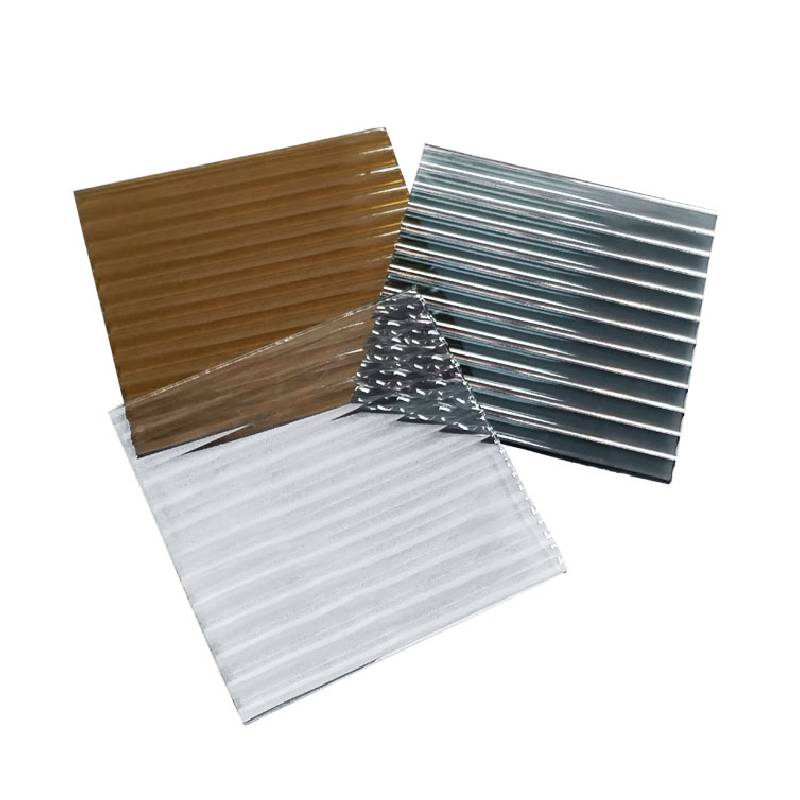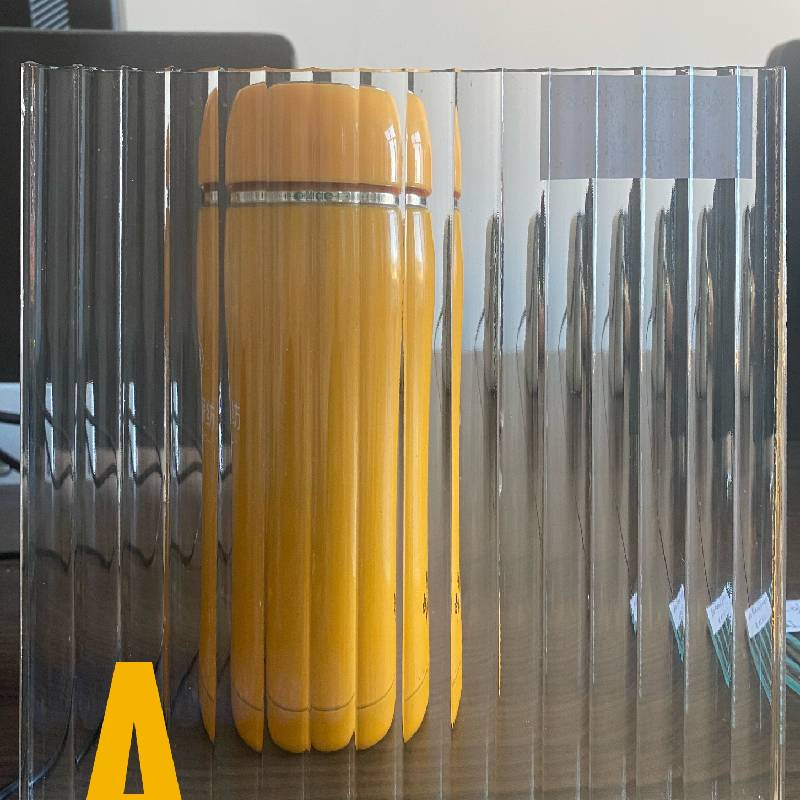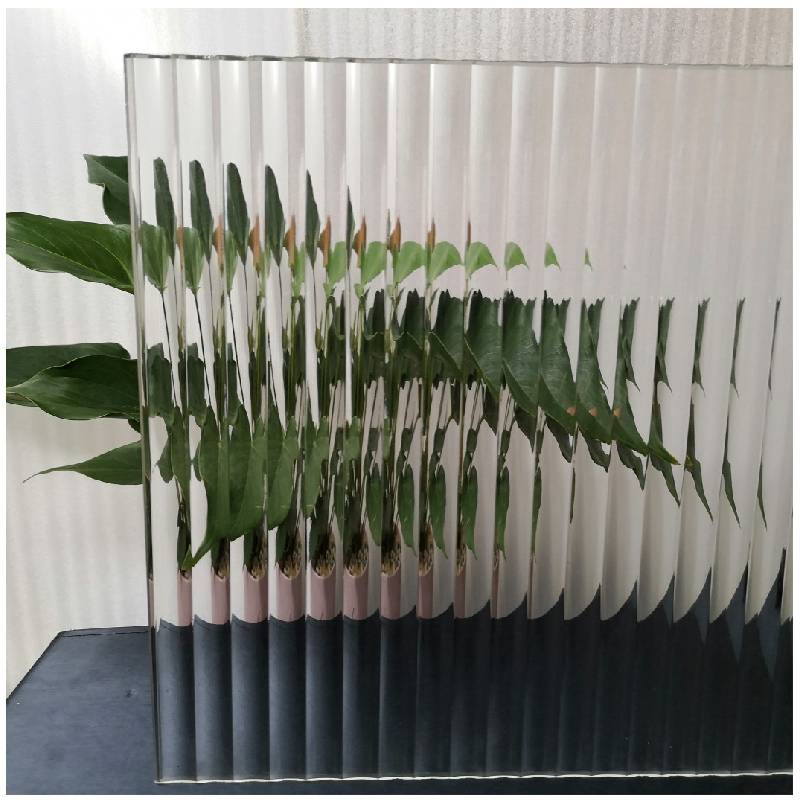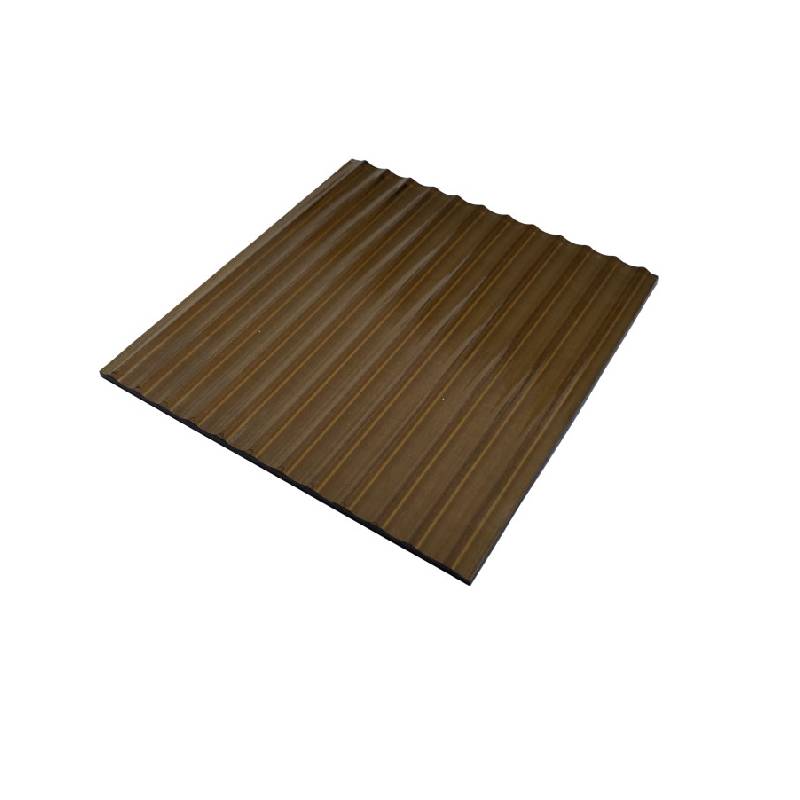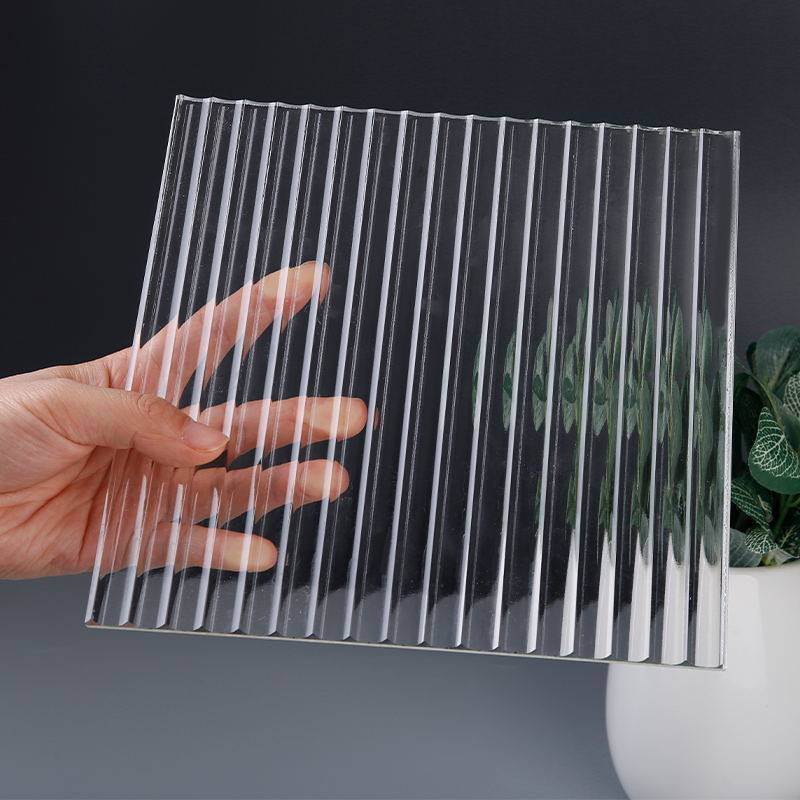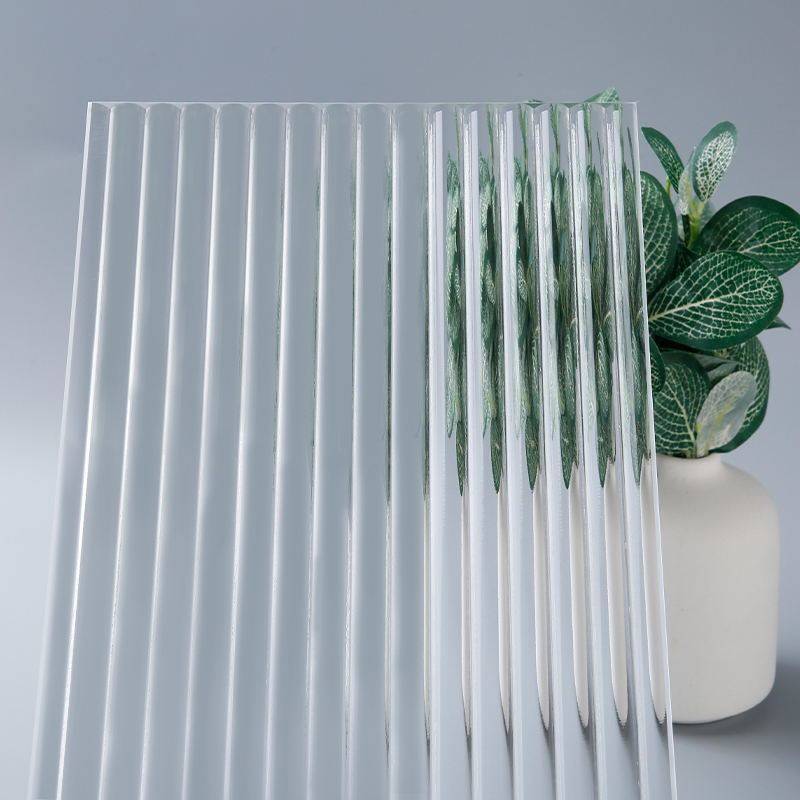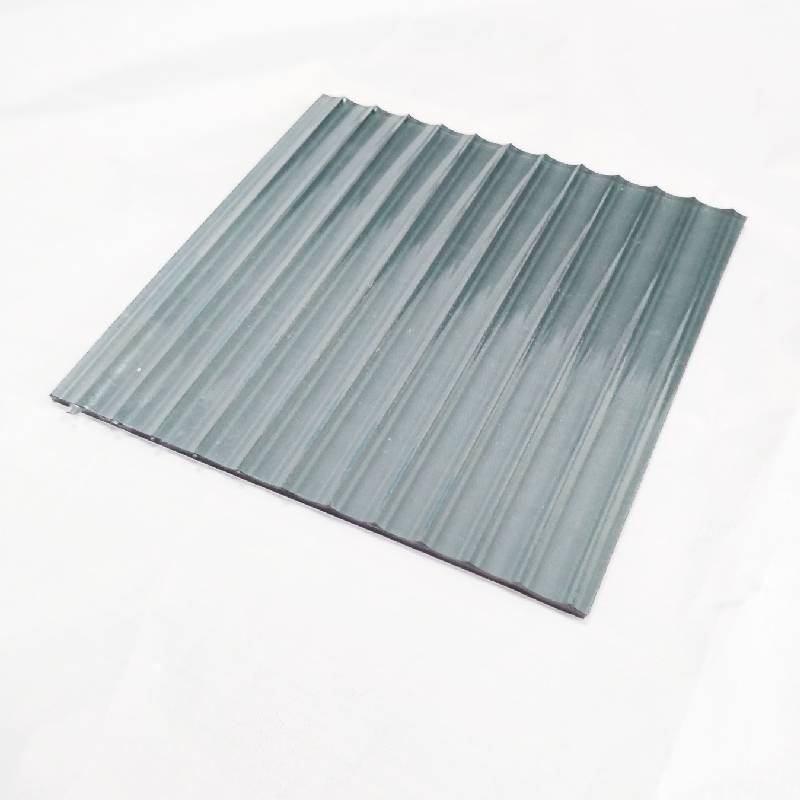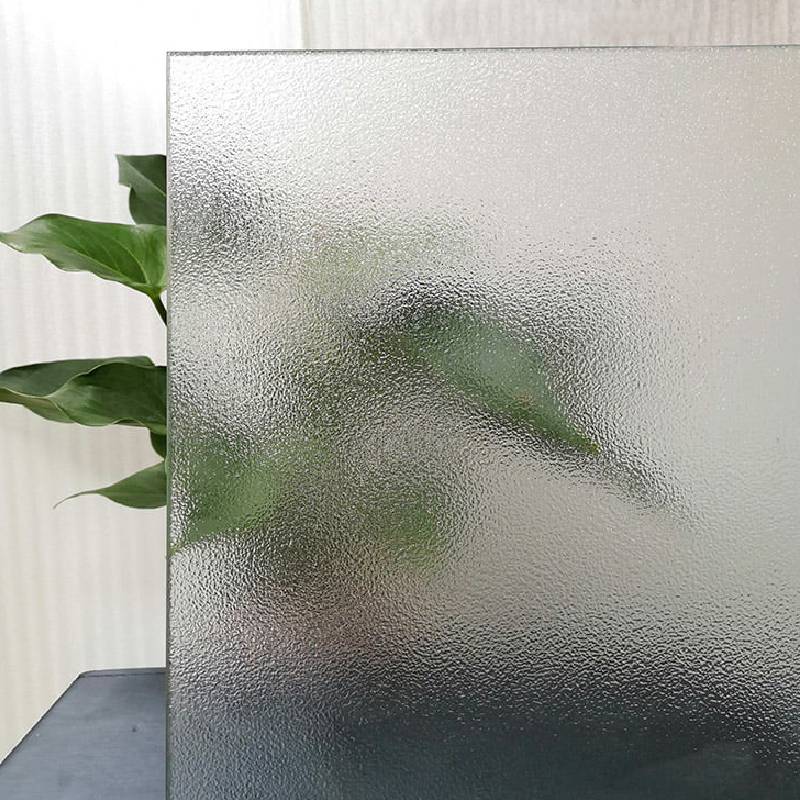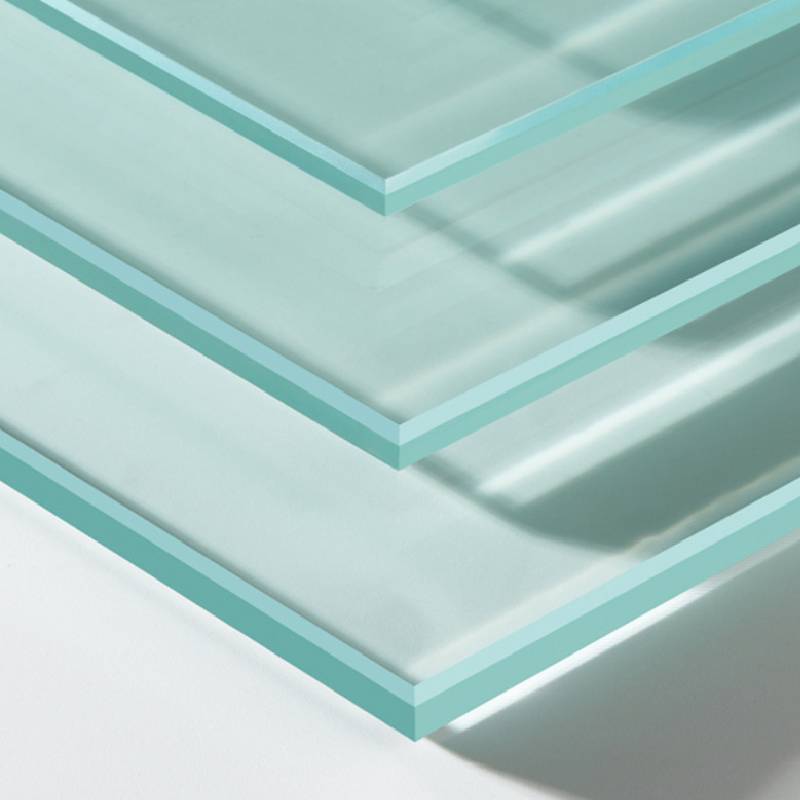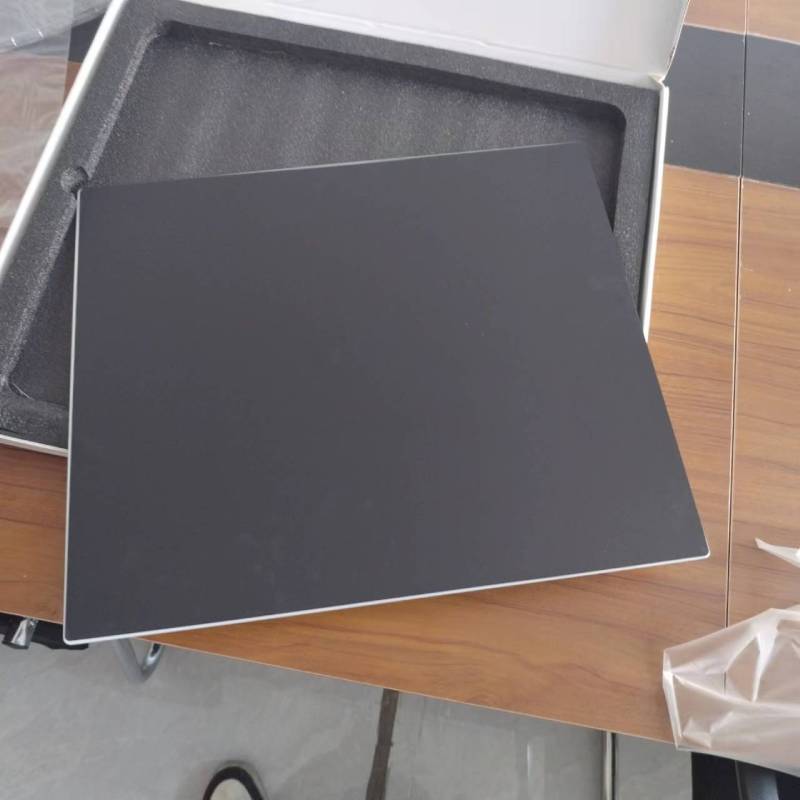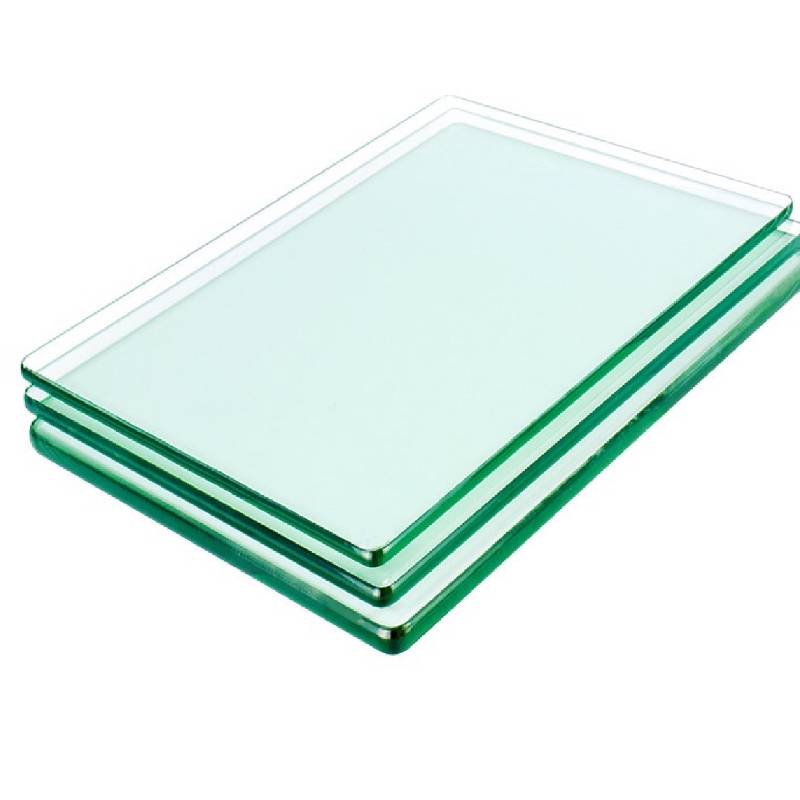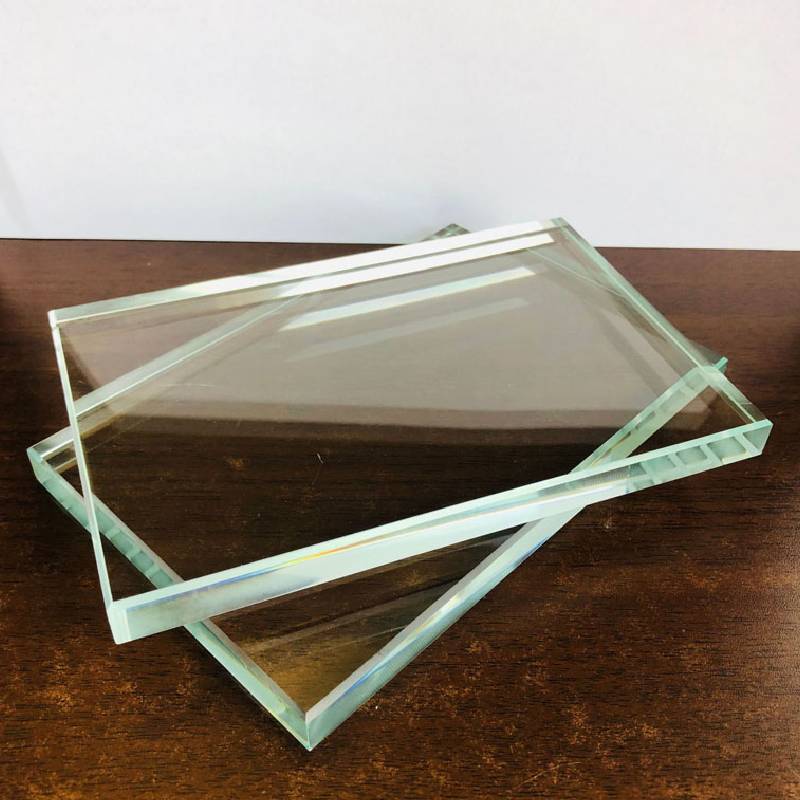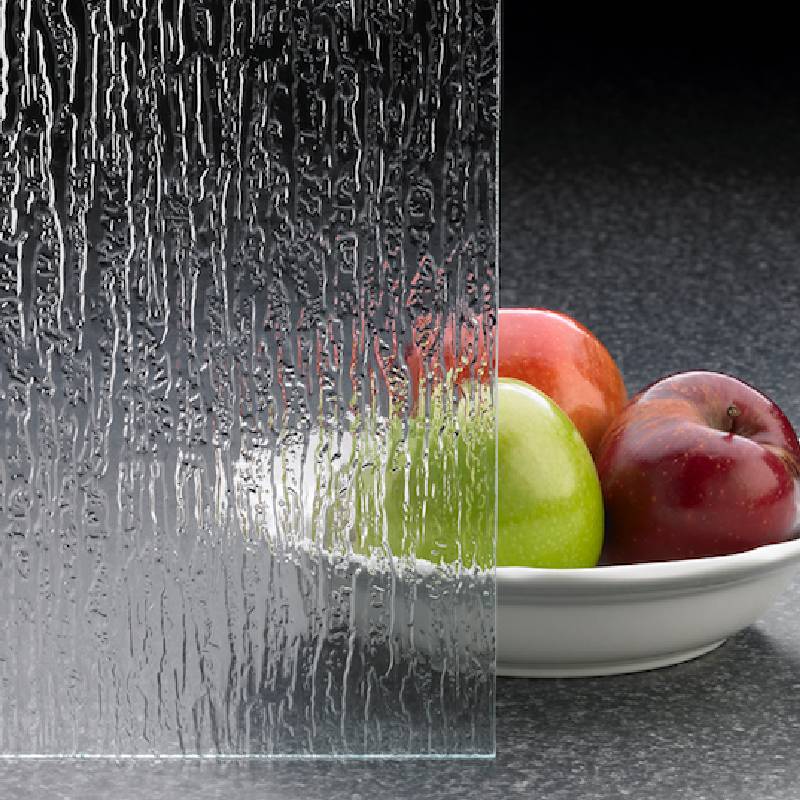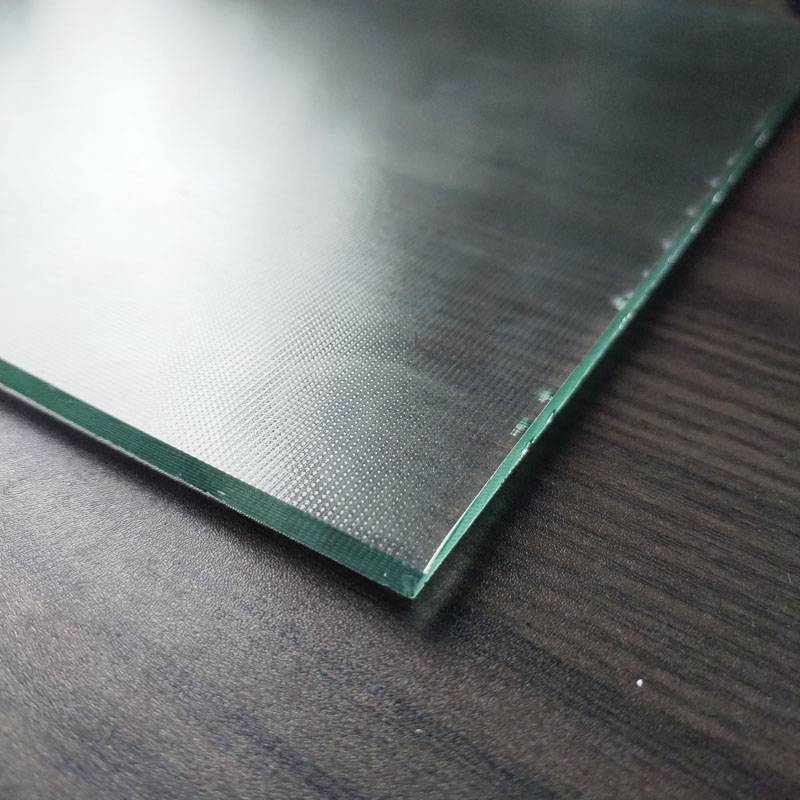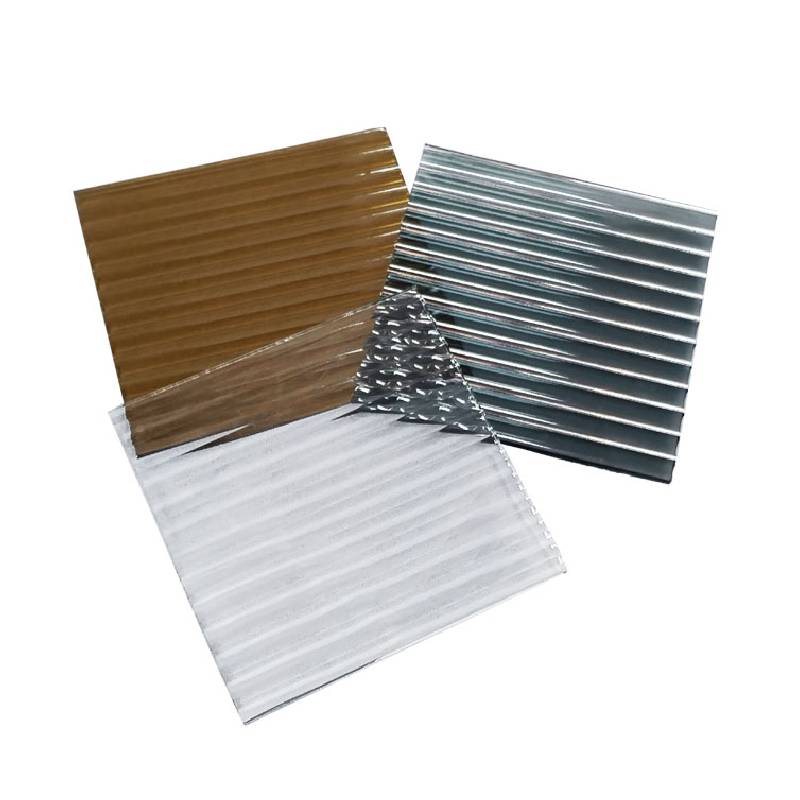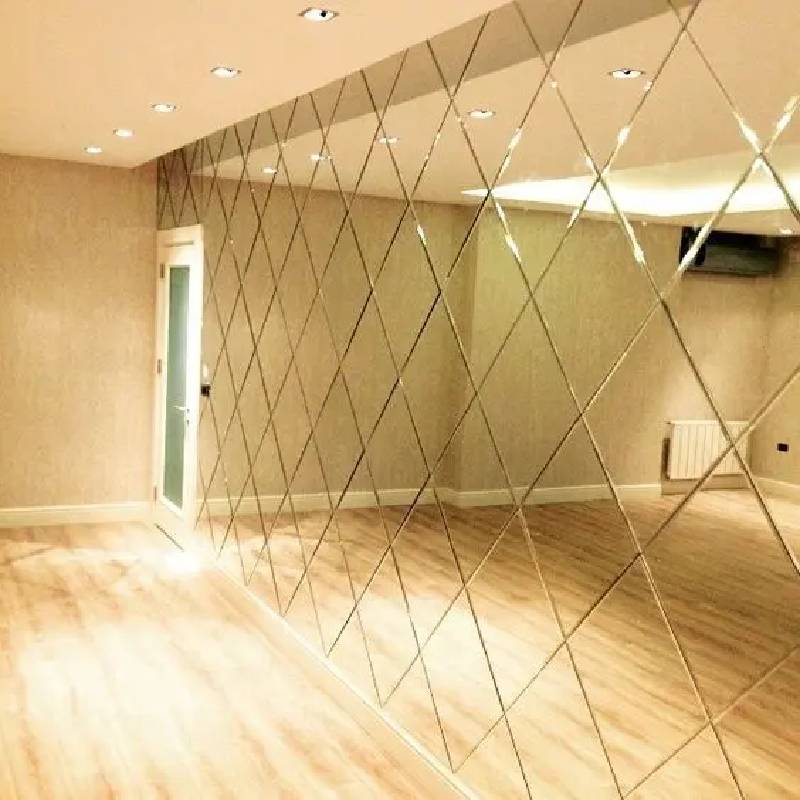- 1. Raw material selection: The process starts with the selection of high-quality raw materials, usually silica sand, soda ash and limestone. These materials were chosen for their purity and consistency, as they greatly influence the final quality of the glass.
2. Ingredients: The selected raw materials are accurately weighed and mixed together in specific proportions. This mixture, called a batch, is loaded into a furnace and melted.
3. Melting: The batch is fed into a furnace that is heated to extremely high temperatures, typically between 1,500 and 1,700 degrees Celsius (2,732 and 3,092 degrees Fahrenheit), depending on the type of glass being produced. Intense heat melts the batch into a viscous liquid called molten glass.
4. Shaping: Once the molten glass reaches the desired consistency, it is formed into the desired shape. This can be done by various methods such as blowing, pressing or moulding. For Moru glass, which often has intricate patterns, techniques such as glass blowing or hand shaping can be used to achieve the desired design.
6. Annealing: Newly formed glass undergoes a process called annealing to eliminate internal stress and strengthen the glass. This involves gradually cooling the glass at a controlled rate to ensure an even temperature distribution throughout the material.
7. Finishing: After annealing is complete, inspect the glass for any defects or blemishes. Any rough edges or sharp points are smoothed away, and the final product is cleaned and polished to enhance its appearance.
- 1. High transparency
Moru glass uses high-quality glass raw materials with high purity, so the transparency is very good and can provide excellent visual effects.
2. A sense of haziness
The vertical line texture of Moru glass has a simple geometric beauty and hazy feeling, which can have a semi-covering effect while maintaining spatial transparency.
3. Transparent but not see-through
Moru glass itself is glass, with the characteristics of glass itself transmitting light. In addition, due to its own grooves with a blurred matte surface, the reflected light, plants or decorations on the other side of the glass can be out of focus. More hazy beauty.
4. Good appearance and wide application
As a high-quality, high-transparency glass material, Moru glass has a variety of functions and functions. It has been widely used in construction, home decoration, automobile and other fields.
Clear Moru glass, ultra clear Moru glass, gray Moru glass, bronze Moru glass, golden Moru glass.
Regular thickness: 4mm, 5mm, 6mm, 8mm, 10mm
Regular size 2000*2440mm, 2100*2440mm, 2100*2800mm, 2100*3300mm
 africana
africana  albanès
albanès  amàric
amàric  àrab
àrab  armeni
armeni  azerbaidjana
azerbaidjana  basc
basc  Bielorús
Bielorús  bengalí
bengalí  bosnià
bosnià  búlgar
búlgar  català
català  Cebuà
Cebuà  Cors
Cors  croat
croat  txec
txec  danès
danès  holandès
holandès  Anglès
Anglès  esperanto
esperanto  estonià
estonià  finès
finès  francès
francès  frisó
frisó  gallec
gallec  georgiana
georgiana  alemany
alemany  grec
grec  Gujarati
Gujarati  crioll haitiano
crioll haitiano  hausa
hausa  hawaià
hawaià  hebreu
hebreu  No
No  Miao
Miao  hongarès
hongarès  islandès
islandès  igbo
igbo  indonesi
indonesi  irlandesa
irlandesa  italià
italià  japonès
japonès  javanès
javanès  Kannada
Kannada  kazakh
kazakh  Khmer
Khmer  Ruandès
Ruandès  coreà
coreà  kurd
kurd  kirguis
kirguis  TB
TB  llatí
llatí  letó
letó  lituà
lituà  luxemburguesa
luxemburguesa  macedoni
macedoni  Malgashi
Malgashi  Malai
Malai  malayalam
malayalam  maltès
maltès  Maori
Maori  Marathi
Marathi  mongol
mongol  Myanmar
Myanmar  nepalí
nepalí  noruec
noruec  noruec
noruec  occità
occità  Pashto
Pashto  persa
persa  polonès
polonès  portuguès
portuguès  panjabi
panjabi  romanès
romanès  rus
rus  samoà
samoà  Gaèlic escocès
Gaèlic escocès  serbi
serbi  Anglès
Anglès  Shona
Shona  Sindhi
Sindhi  Sinhala
Sinhala  eslovac
eslovac  eslovè
eslovè  Somali
Somali  espanyol
espanyol  Sundanès
Sundanès  suahili
suahili  suec
suec  Tagalog
Tagalog  Tadjik
Tadjik  Tamil
Tamil  Tàrtar
Tàrtar  Telugu
Telugu  tailandès
tailandès  turc
turc  turcomà
turcomà  Ucraïnès
Ucraïnès  Urdú
Urdú  uigur
uigur  Uzbek
Uzbek  vietnamita
vietnamita  gal·lès
gal·lès  Ajuda
Ajuda  Yiddish
Yiddish  ioruba
ioruba  Zulu
Zulu 

